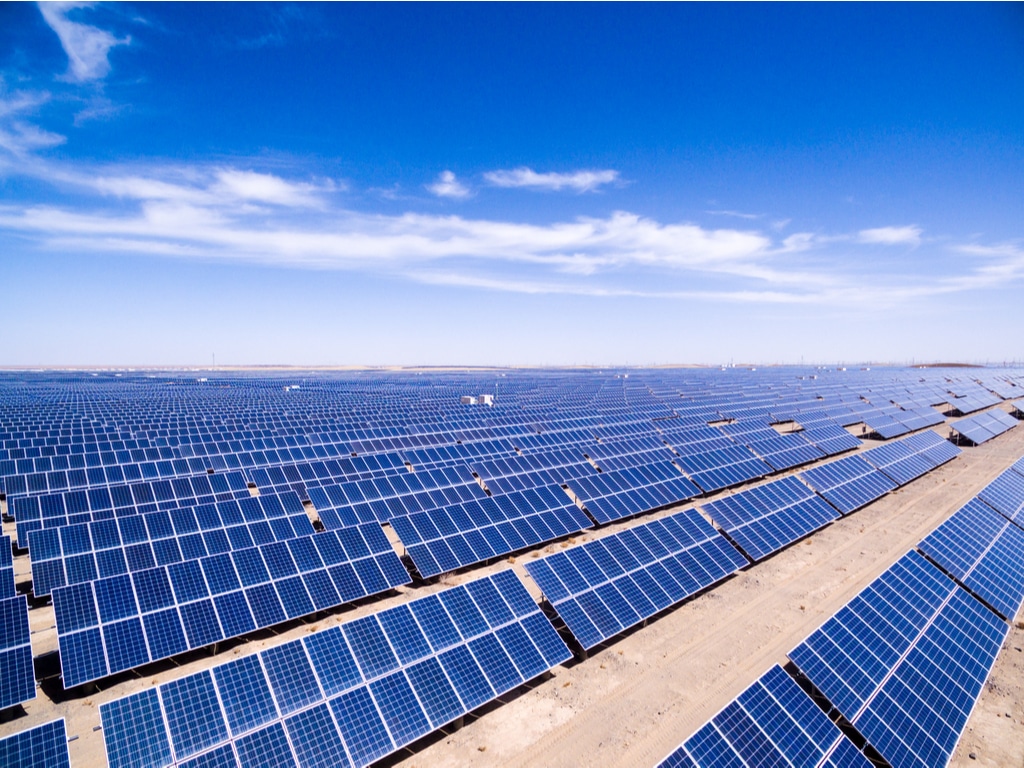Prime Minister Modi laid the foundation for what he claimed to be the world’s largest renewable energy park in the Kutch region of western Gujarat. The gigantic project will cover an area of 1,80,000 acres – an area size almost equal to Singapore. The renewable energy park is expected to produce nearly 30,000 gigawatts of electricity.
“Energy security and water security are vital in the 21st century. This hybrid renewable energy park will become the largest in the world and generate 30,000 gigawatts of power,” said Modi during the inauguration of the project.
“A Clean Energy Investment Ranking came out recently. 114 countries appear in this ranking and India features in the top 3 countries. Now, India is showing a path to the entire world and leading it, in the fight against climate change,” he added.
Largest Renewable Energy in India
The renewable energy park plan is located near Vighakot village in Gujarat’s Kutch region. Once completed this park will become India’s largest renewable energy generation park. It is estimated that the park can generate up to 30,000 gigawatts of power.
According to the plan of the park, it will have hybrid park zones for both wind and solar energy storage. It will also have a zone for wind park activities. India has invested heavily in the last few years to generate power through renewable sources.
Power capacity
At present, India’s Bhadla solar park holds the title of the world’s largest solar park. This solar park produces just around 2.245 gigawatts. The new park to be built will produce and will not just take over the present title holder but also includes multiple power sources.
Besides, Australia also has plans similar plans to build the world’s largest renewable energy park. The government of Australia planned to build a solar farm that can produce 10,000 gigawatts of energy spread across an area of 20,000 football fields.
The new park planned by India will beat Australia’s solar plant by a huge margin. The amount produced by Indian park will be 3x of that produced by the solar plant in Australia. The continent of Australia has one of the biggest empty lands, many scientists suggest these lands will play a crucial role in the future of renewable energy.
China stands second
Chinese President Xi Jinping in October said that China is committed to becoming carbon neutral by 2060. He opened the country’s biggest and world’s second-biggest solar plant in the northwest province of Qinghai.
The solar park has a capacity to produce 2.2 gigawatts of energy. This beats their own record of producing 1.54 gigawatts of energy from a plant called Tengger Desert Solar Park located in Zhongwei, Ningxia, China.
Desalination plant
Prime Minister also visited a desalination plant at Mandvi in the Kutch region. The plant has a capacity of filtering 10 crore litre per day capacity. Gujarat’s water security will be strengthened by completing Narmada Grid, Sauni network, and treated wastewater infrastructure.
The water treated in a single day is enough for 8,00,000 people in Gujarat. People located in the region of Lakhpat, Mundra, Nakhatrana talukas, and Abdasa will be benefiting from this water.
The water will also increase the surplus in upstream districts such as Rapar, Bhachau, and Gandhidham. This desalination plant is one of the five planned in the state, others include Dahej (100 MLD), Ghogha Bhavnagar (70 MLD), Dwarka (70 MLD), and Gir Somnath (30 MLD). Prime Minister also attended the ceremony of these plants.

